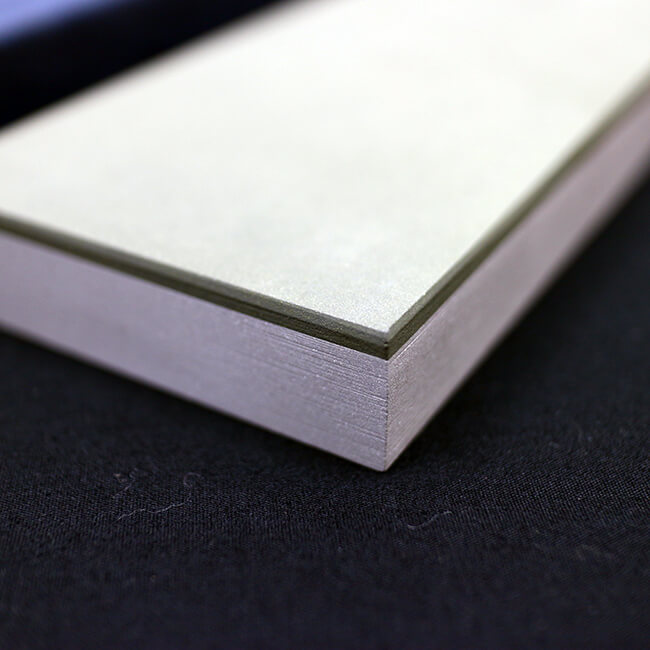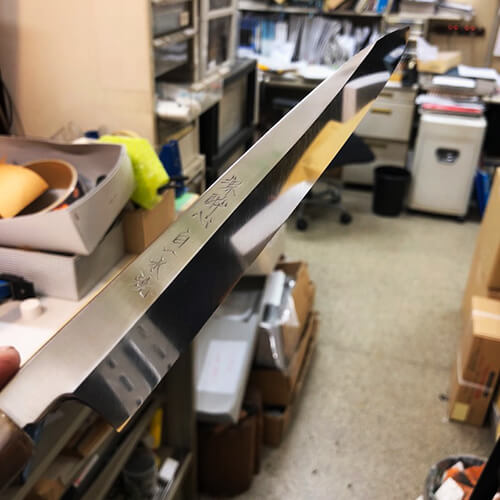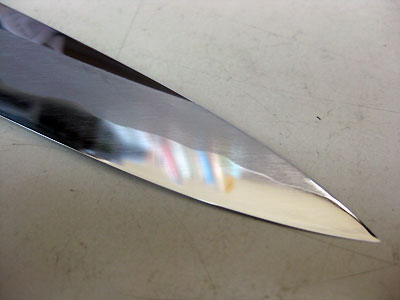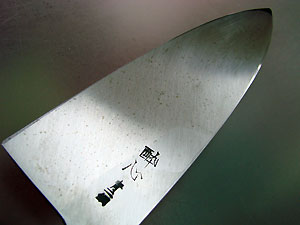Shape of whetstone

Knife sharpening is a deep and challenging craft.
The basic goal of sharpening is to make the knife “sharp,” but even within the concept of “sharpness,” there are many different aspects to consider. What exactly are you aiming to make “sharp”? Is it for fish, vegetables, raw meat, or cooked meat? When you start thinking about how the edge of the blade engages with different foods, there are countless patterns to consider.
Of course, various techniques and approaches to sharpening are important, but above all, I’ve found that if the surface of the whetstone isn’t perfectly flat, it’s often difficult to sharpen the knife exactly as intended. Naturally, as you sharpen, the whetstone wears down, so it’s challenging to maintain a flat surface at all times. However, once the whetstone’s surface becomes uneven beyond a certain point, there can be parts of the knife that don’t make contact with the stone, or areas that you don’t want to sharpen might hit the stone, causing the edge to roll over.
When using a warped whetstone for Uraoshi (backside sharpening), you might find some areas where the burrs are removed cleanly and others where they aren’t. So, you might think, “Wouldn’t a diamond stone be ideal since it doesn’t warp?” However, because diamond stones don’t wear down, they offer a much more unforgiving contact with the blade, leaving little room for error.
Reflecting on all this, I’ve been thinking that perhaps the best approach is to use a whetstone that wears down to some extent, while carefully flattening it as I sharpen. That seems to be the way to go these days.
- 2011-08-07





